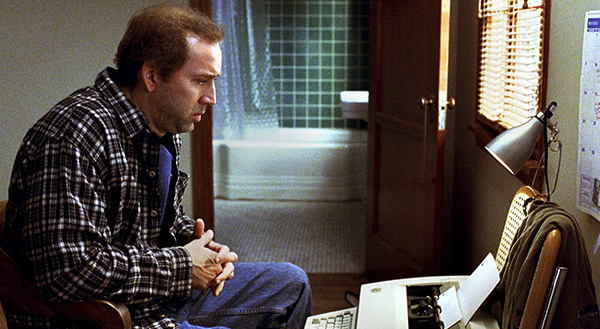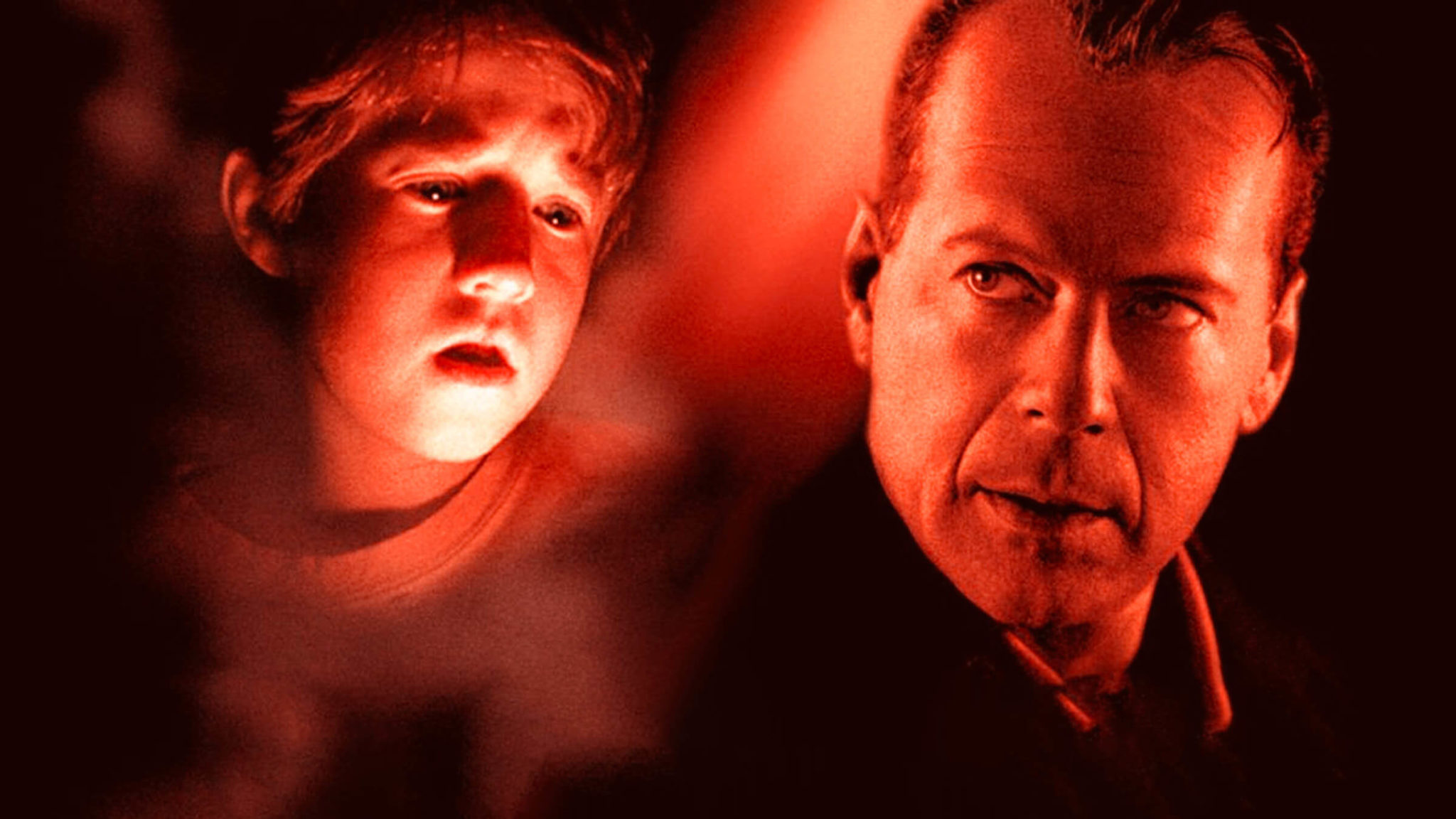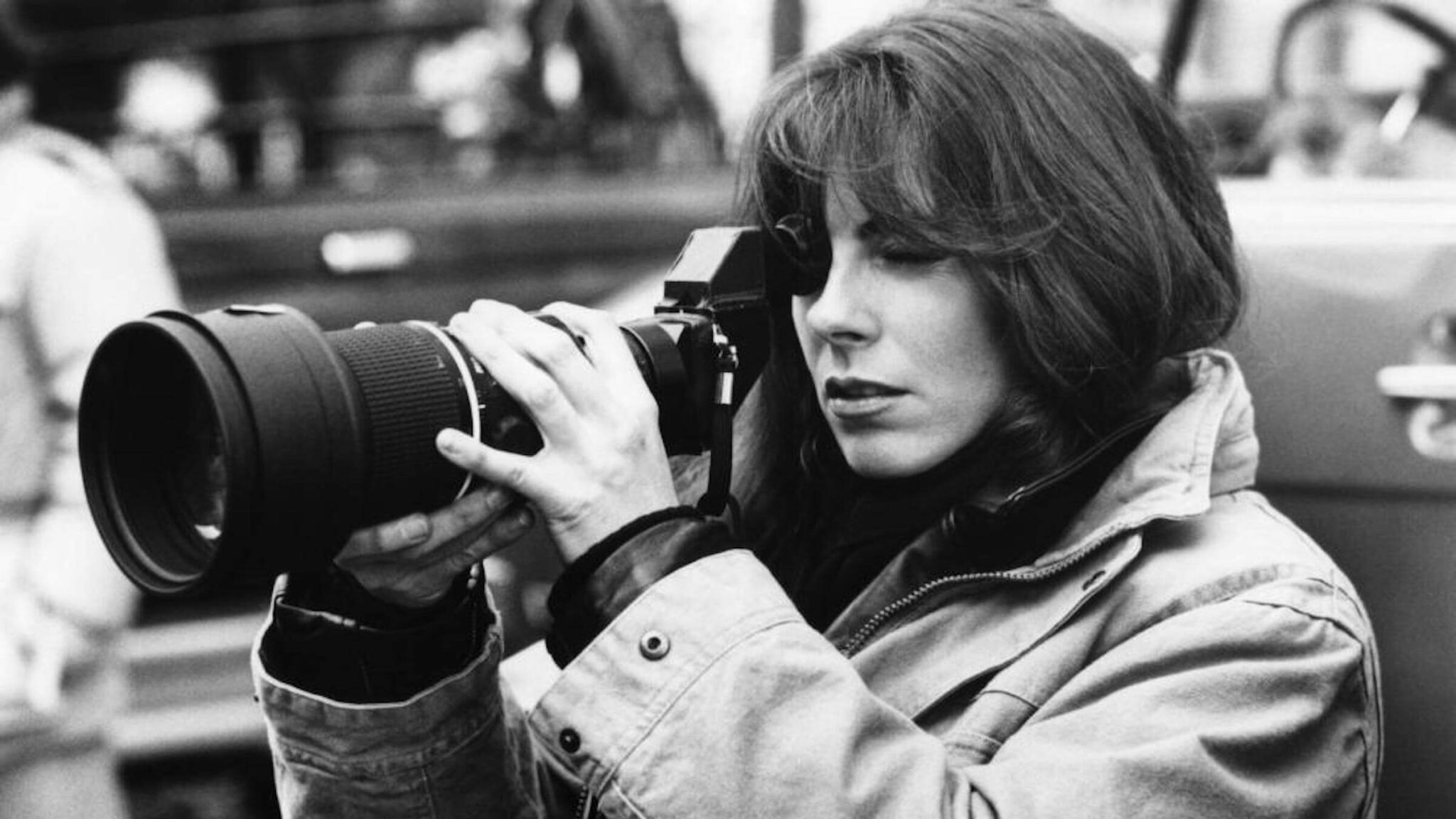10 Common Screenwriting Mistakes and How to Fix Them

It’s no secret that writing is difficult. Isolating one’s self, staring down a blank page for hours on end, tasked with creating something meaningful that works on both an emotional and structural level. This makes finishing your any screenplay an accomplishment in itself. While the process does get easier over time (or at least more familiar), even the pros need to watch themselves when it comes to the many common mistakes and pitfalls in screenwriting. No screenplay is perfect, of course, but there are mistakes that writers make across the board – and these errors are easily avoided.
Here are 10 of the most common slip-ups to steer clear of when crafting your masterpiece.
Neglecting Spelling and Grammar
Let’s start with the obvious one. At least, it should be obvious, yet still so many screenplays have their first impressions ruined by poor grammar and spelling. Don’t rely on squiggly green-and-red lines on your computer – take the time to read through every single page of your document and check for those simplistic or sneaky errors. It’s all but guaranteed you’ll find something to correct, whether this is your fifth script or your fiftieth. And if it’s any consolation, a detailed read-through is just as likely to illuminate other, more vital areas that aren’t working as well as they should.
Incorrect Formatting.
Screenplays have prescribed formats to which you, as a professional screenwriter, must adhere. Font and spacing may seem arbitrary, but clarity on the page is essential for an easy-read. Write your script in courier. Capitalize character names when you introduce them. Indent your dialogue and parentheticals. Formatting can be a tedious beast to meet head-on, so make sure to download screenwriting software like WriterDuet, which will take care of the technical details so that you can focus on story.
Drawing From Tropes.
Cinema is a young medium, but its formulas and stereotypes have been established since the early days. And they are instantly recognizable. If your characters fall squarely into archetype – flawless heroes, damsels in distress, soulless villains, fools – their stories will become dull because we’ve seen them before.
This is particularly true of female or marginalized characters, who behave less like real people and more like insulting caricatures and stereotypes. Ensure that your characters are behaving organically, driven by a tangible objective in an authentic environment. Understand their depths and quirks before you start writing – then keep them honest and complex throughout your story.
Forgetting the Plot (or, Skipping the Outline)
Why did you start writing your script? The answer may vary in its details, but the gist should be the same: to tell a story. So many screenplays fall flat because their scenes are pastoral, or their characters aren’t driven towards a goal. In other words, they’re boring. They don’t show change or action.
Each scene of your script should develop upon the same narrative. To ensure that this happens, outline your story before writing dialogue and action. Map out your arcs and progressions. How-to guides like Blake Snyder’s Save the Cat! and Syd Field’s Screenplay provide suggested formats in which to do this.
Crafting Awkward, Listless, or Endless Dialogue
Writing dialogue for film is extremely difficult. It can’t mirror actual speech – too cyclical and directionless – but it can’t sound unrealistic. This is a paradox, but it’s one that must be overcome. Overly long dialogue sequences that don’t drive story, conversations that spell out intent without subtlety, and characters who simply don’t talk like people can ruin a script.
Try to minimize your dialogue to the essentials – plot development and character detail – and don’t let your characters say exactly what they mean.
Playing Director In Descriptions
So you have an idea for the coolest tracking shot this side of Goodfellas. Your script isn’t the place to describe it. Screenplays are economical blueprints that lay down dialogue, action and settings, and that’s all. Avoid spelling out camera movements – instead of “ECU,” say “INSERT,” and rather than “CAMERA TRACKS” say “WE FOLLOW…” The same goes for dialogue: actors don’t want adjectives telling them how to deliver lines. Let the conversations speak for themselves, and leave visual or emotional details to the directors.
Not Punishing Your Characters
Maybe your protagonist is your fictional doppelgänger. Or the mother figure reminds you of your own parent. That doesn’t mean you can coddle them and give them everything they want. A story must have conflict – characters need to fight for what they want – and if the conflict is light or short-lived, the story loses steam.
Knock your characters into the dirt… then help them lift themselves up again. On the opposite side of this, don’t torture your characters uselessly. We want them to fight, and maybe succeed. Be a tough, but fair, creator.
Leaving Your Story Unfinished (or Too Neat)
This goes back to #4. Nothing is more frustrating than spending 90 to 120 minutes in a fictional world, invested in a story, and then realizing it’s over without proper resolution. Your story doesn’t have to answer the quandaries of the universe, but it does need to make good on its promises.
When crafting your outline, make sure your story completes its arc, at least enough to roll credits without betraying your viewers’ trust. On the flip side, offering cheap conclusions without proper struggle doesn’t work either. Punish, then reward.
Letting The First Act Slide (or, Saving the Best for Last)
If your script lands in the hands of a busy executive or agent, chances are they won’t have time to read the whole thing. That means the first 10 pages need to grab attention immediately. If your script meanders before starting its story, it doesn’t matter how groundbreaking the ending is – the beginning must be just as tight.
Give readers a character to hold onto, a world to invest in, and a struggle to care about that will carry them past that boundary. After that, you can wow them with your ending, but you have to get them there first.
Submitting Without Rereading
It doesn’t matter how brilliant you are. No human being can make it through a 120-page document without making a mistake. These errors listed above are easily committed, but just as easily fixed, as long as you double back to actually check for them.
Scan for spelling issues. Remove camera directions. Read your dialogue out loud, and make sure it sounds plausible. Most of all, ensure that your story is consistent. Revisions can be head-splittingly tedious, but they are absolutely essential.
Shape your creation to its fullest potential before sending it out to fend for itself – you won’t be there to make excuses for its overlooked mistakes.
Tags
Get Our Screenwriting Newsletter!
Get weekly writing inspiration delivered to your inbox - including industry news, popular articles, and more!























